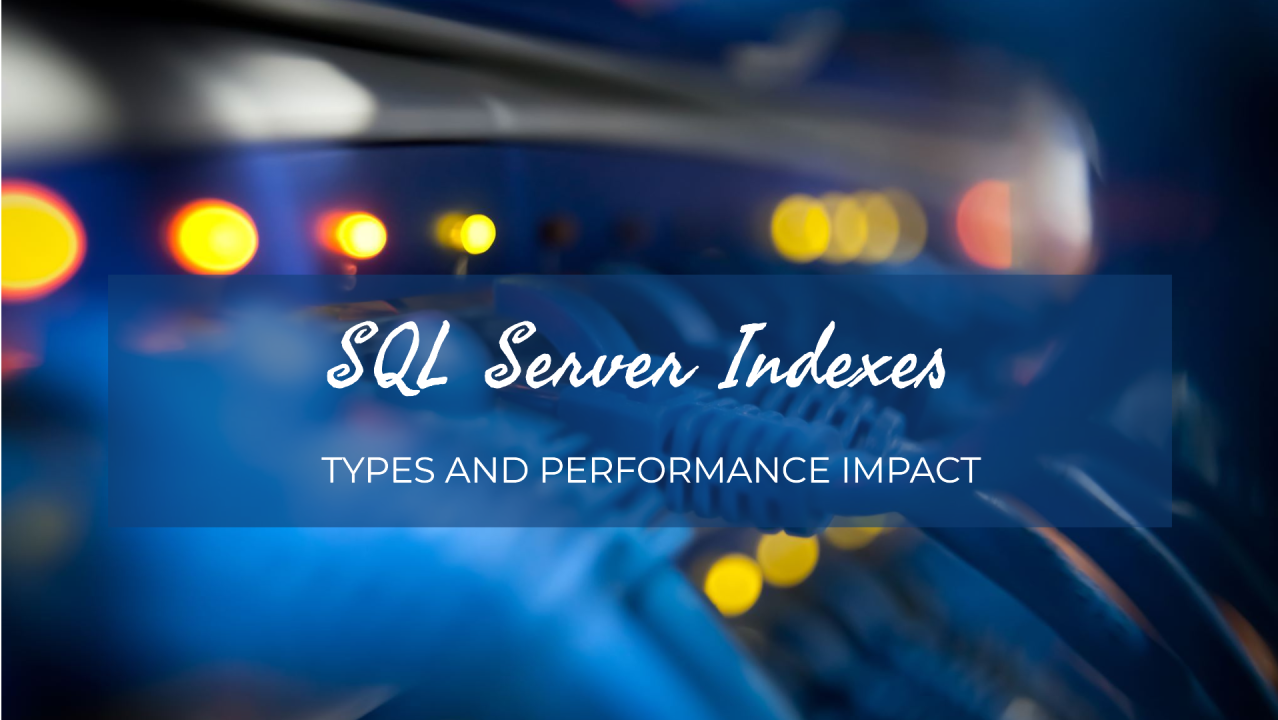
Understanding SQL Server Indexes: Types and How They Impact Performance
In SQL Server, indexes are critical for optimizing query performance. They allow the database to quickly locate data without scanning the entire table, making searches more efficient. Internally, SQL Server uses a B-tree (Balanced Tree) structure to organize and search indexed data. This tree structure consists of nodes where the root node helps navigate through intermediate nodes, and leaf nodes hold the data or pointers to the data.
1. Clustered Index:
2. Non-Clustered Index:
Key Differences:
When to Create a Non-Clustered Index:
Non-clustered indexes can drastically improve query performance, especially for read-heavy operations. Here’s when you should consider creating one:
1- Frequent Queries on Specific Columns: When columns are regularly used in WHERE, JOIN, or ORDER BY clauses, indexing them can significantly reduce query time. For example, if a table has a CustomerID field that’s often filtered, a non-clustered index on CustomerID will speed up those queries.
CREATE INDEX idx_CustomerID ON SalesOrders(CustomerID);
If most queries on the SalesOrders table are filtering by CustomerID, this index will help SQL Server locate the relevant rows quickly using the B-tree structure.
领英推荐
2- Composite Indexing for Multi-Column Queries:
Use a composite non-clustered index when queries often filter based on multiple fields, like OrderDate and CustomerID. A composite index on both columns can optimize queries that filter or sort using both.
CREATE INDEX idx_OrderDate_CustomerID ON SalesOrders(OrderDate, CustomerID);
This index will be beneficial for queries like:
SELECT * FROM SalesOrders
WHERE OrderDate = '2023-09-01' AND CustomerID = 12345;
3- Range Queries:
Non-clustered indexes are especially useful for range queries (e.g., using BETWEEN, <, or > operators). For example, if you're frequently searching for orders within a date range, a non-clustered index on the date column will significantly improve performance.
CREATE INDEX idx_OrderDate ON SalesOrders(OrderDate);
SELECT * FROM SalesOrders
WHERE OrderDate between '2011/02/25' and '2011/02/27'
4- Improving Read Performance for Reporting or Analytics: Non-clustered indexes are ideal when a table is frequently queried for reporting or analytics. For example, indexing a Status column in an orders table that’s often filtered to generate reports will help avoid full table scans.
Best Practices:
Final Thoughts:
SQL Server automatically creates a clustered index on primary keys, but non-clustered indexes need to be manually created to optimize performance for specific queries. By leveraging SQL Server’s B-tree structure, indexes enable faster data retrieval by allowing SQL Server to efficiently traverse the tree instead of scanning entire tables.
Effective use of both clustered and non-clustered indexes can drastically reduce query times and improve overall database performance. Just remember to find a balance to avoid negatively impacting write operations.